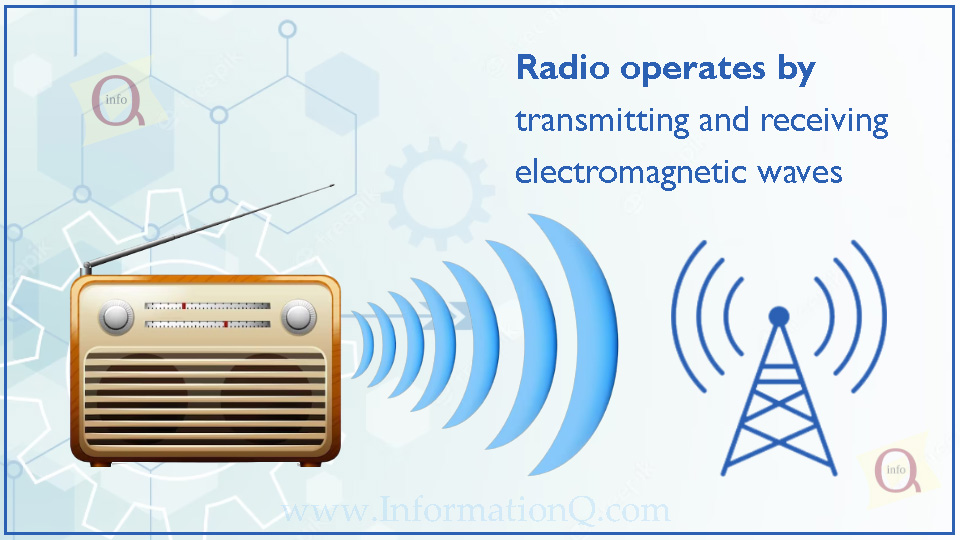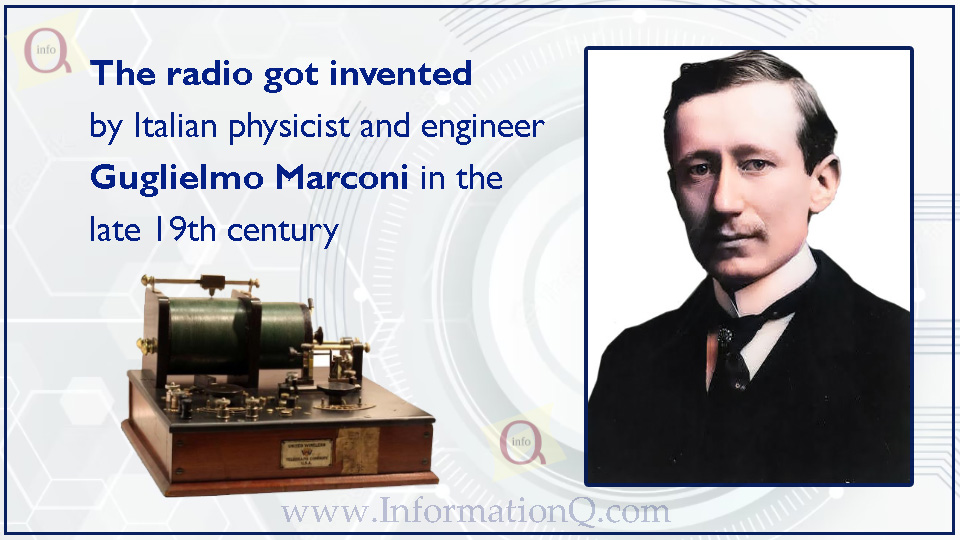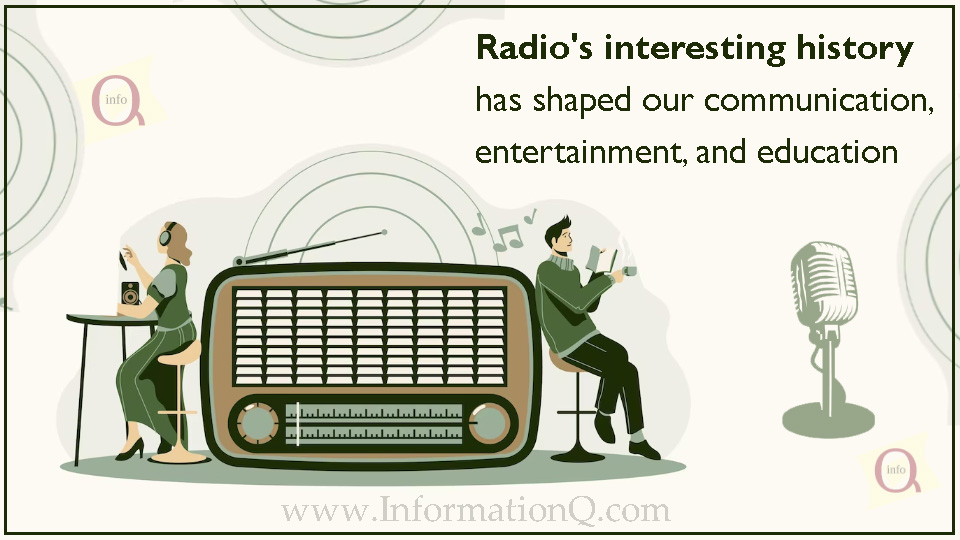The Radio is a revolutionary invention that has transformed how we communicate and access information. Have you ever thought about the inner workings of this technology, though?
Radio operates by transmitting and receiving electromagnetic waves. This makes it possible to send sound and other information over long distances. In 1895, Italian scientist and inventor Guglielmo Marconi sent a wireless transmission of 1.5 kilometres. Millions of people listen to the radio daily to hear their favourite programs and music.
In this article, we will dig deeper into the various aspects of radio. We will get to know what the radio is, how it works, its history and its inventions. Let’s get started!
What is a Radio?
A radio is a device that allows you to listen to various audio programs and music. It operates by receiving and converting signals transmitted through the airwaves into sound.
The first radio was invented in the late 19th century and has become an integral part of our daily lives. It is available in various forms, such as tabletop, portable, and car radios.
Radios provide news, sports, music, and entertainment, which is one of their biggest advantages. Radios now include Bluetooth, internet radio, and other functions.
Tuning into your favourite radio station is effortless. Select the station’s frequency, and you’re set. You can also find several preset stations to switch between them.
A radio is a valuable device that provides a convenient way to access a wealth of audio content. Whether in the car, at home, or on the go, the radio is always there to keep you entertained and informed.
Who invented the radio?
The radio is a device that has revolutionised the way we communicate. It got invented by Italian physicist and engineer Guglielmo Marconi in the late 19th century. Marconi’s innovative ideas and determination led him to do this. He experiments with wireless telegraphy and sends signals over long distances. In 1895, Marconi succeeded in sending a wireless signal over a distance of one and a half miles. This was the first successful demonstration of radio communication. It has laid the foundation for modern-day radio broadcasting.
Marconi’s achievements in radio communication earned him widespread recognition. It included a Nobel Prize in Physics in 1909. He continued to improve his invention and established the Marconi Wireless Telegraph Company. This company dominated the early radio industry. Marconi’s vision and dedication to his work have had a lasting impact on the world. It continues to influence modern communication technologies.
Guglielmo Marconi should get credited as the inventor of the radio. He paved the way for modern-day communication. His innovations continue to shape the world we live in today.
History of the Radio:
Radios have been around since the late 19th century. Scientists first discovered the ability to send audio signals through the airwaves. In 1895, Italian physicist and inventor Guglielmo Marconi sent the first wireless telegram. Essentially, it served as a stepping stone for the evolution of radio transmission.
In a few decades, radio evolved, leading to the creation of commercial radio stations in the 1920s. These stations broadcast music, news, and other forms of entertainment. Radio became popular with audiences.
During World War II, the radio played a vital role in providing information. It supplied news to the public, helping to build a sense of community and shared experience. In the post-war years, the growth of television was a dominant form of entertainment. The TV threatened the popularity of the radio, but it adapted and continued to thrive in new ways.
Today, the radio is still an important part of our daily lives. It offers a range of programming, from music and talk shows to sports and news. The radio continues to evolve with the advent of new technologies like streaming and podcasts. Radio ensures that it remains a relevant and valued form of media.
Radio’s interesting history has shaped our communication, entertainment, and education. Its evolution over the past century is a testament to its versatility and resilience. And its future is bright as it finds new ways to stay relevant and serve its listeners.
How does the radio work?
Radio technology has been a source of entertainment and communication for many years. Have you ever wondered how it works? Let’s explore the step-by-step process of how a radio functions.
- Broadcasting: A radio station sends a signal by transmitting an audio message through the airwaves. This signal travels through the atmosphere and gets picked up by your radio.
- Antenna: Your radio has an antenna that captures the signal. This antenna converts the electromagnetic waves into an electrical current.
- Tuner: The tuner inside your radio handles selecting a specific frequency and isolating it from other signals.
- Amplifier: Once the signal is captured by the antenna and selected by the tuner, it is amplified to a level that can drive your radio speakers.
- Decoding: The radio decodes the signal into an audio message sent to the speakers. This process transforms the electrical current into sound waves that your ears can hear.
- Speakers: The speakers in your radio convert the electrical signal into sound waves that can get heard.
The radio broadcasts an audio signal, capturing it with an antenna and then selecting it with a tuner, amplifying it, and decoding it. And finally converting it into sound waves with speakers. The technology behind the radio is simple yet powerful. It has allowed people to stay connected and entertained for many years.
Winding Up:
Radio is a form of communication technology that uses electromagnetic waves. It sends and receives information over long distances. The history of radio can get traced back to the late 19th century. The Italian physicist and inventor Guglielmo Marconi invented the wireless telegraph. Marconi’s invention paved the way for the development of radio broadcasting. It also paved the way for mass communication of information and entertainment. The inner workings of a radio station involve transmitting a signal from the source. In short, radio converts electrical signals into electromagnetic waves and vice versa. The invention of the radio has had a profound impact on society. It revolutionised the way we communicate and entertain ourselves.



Leave a Reply